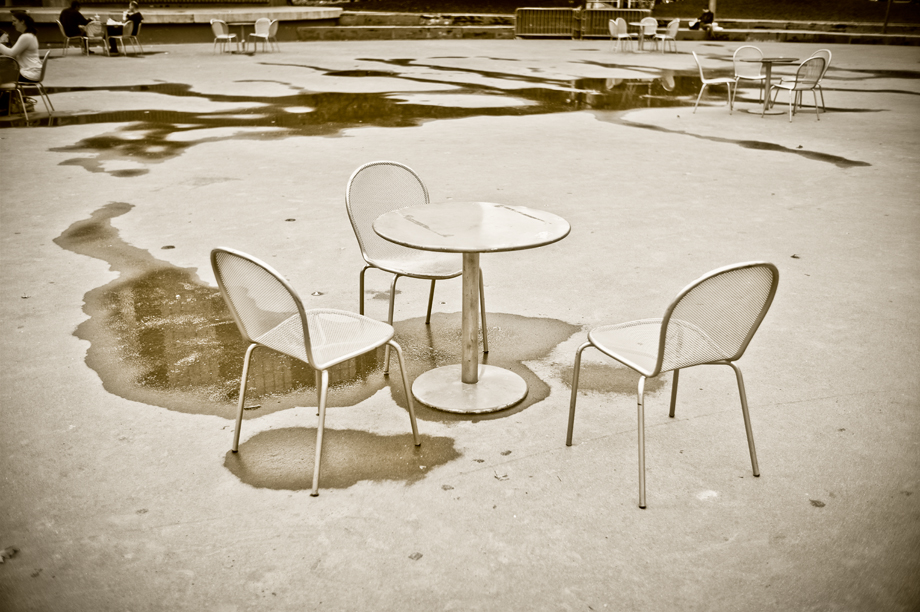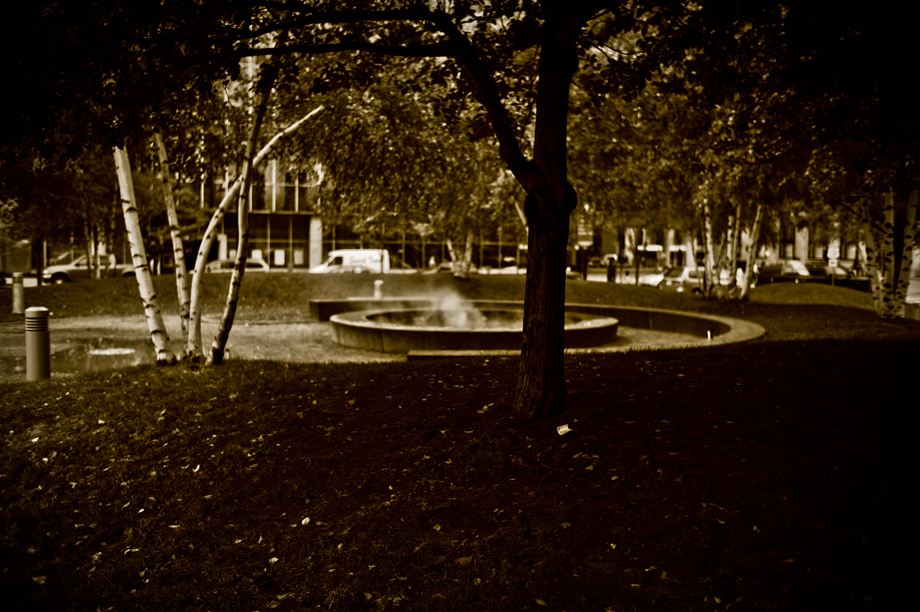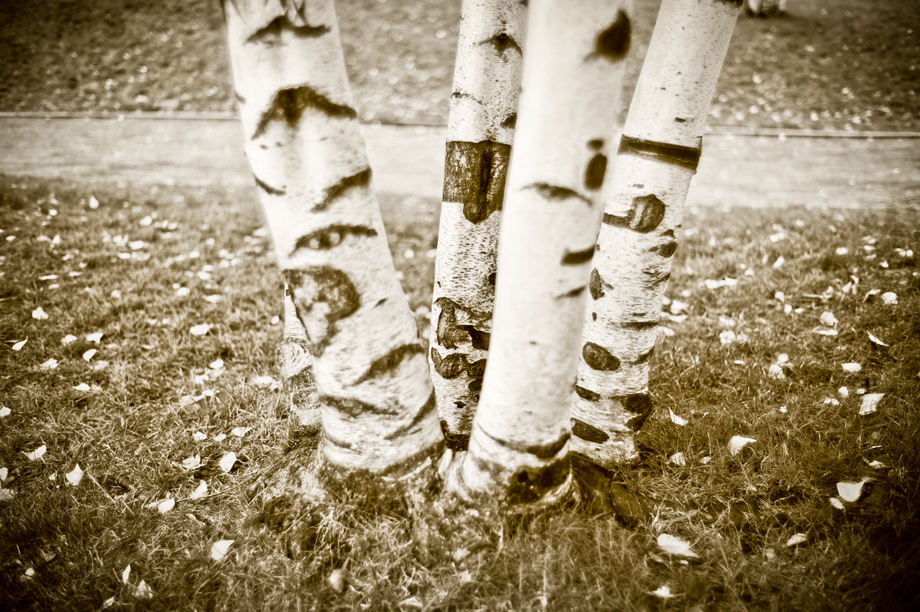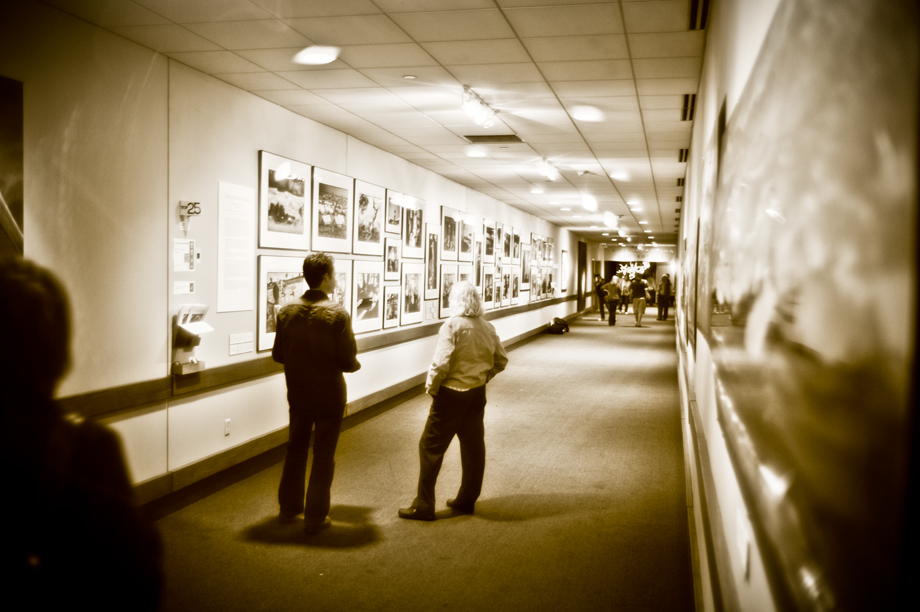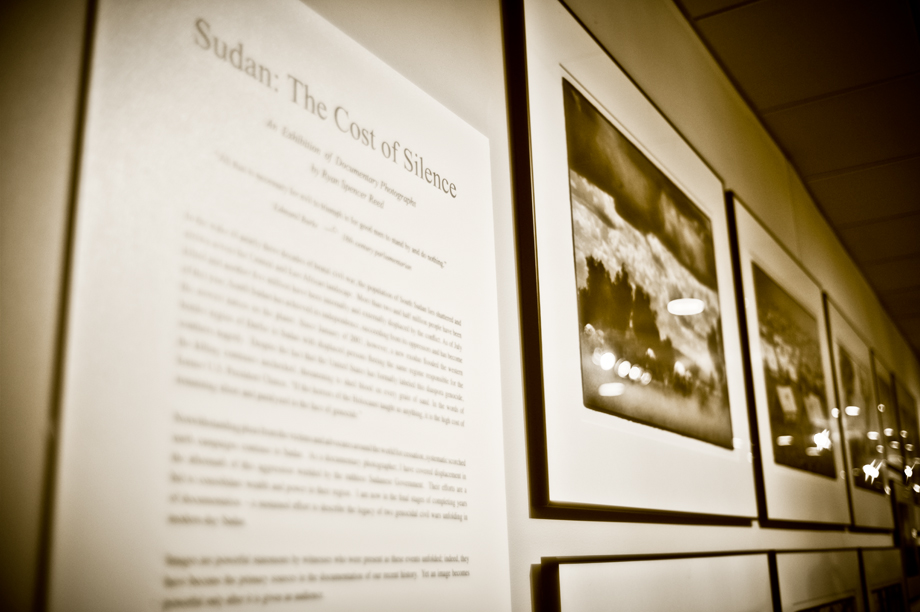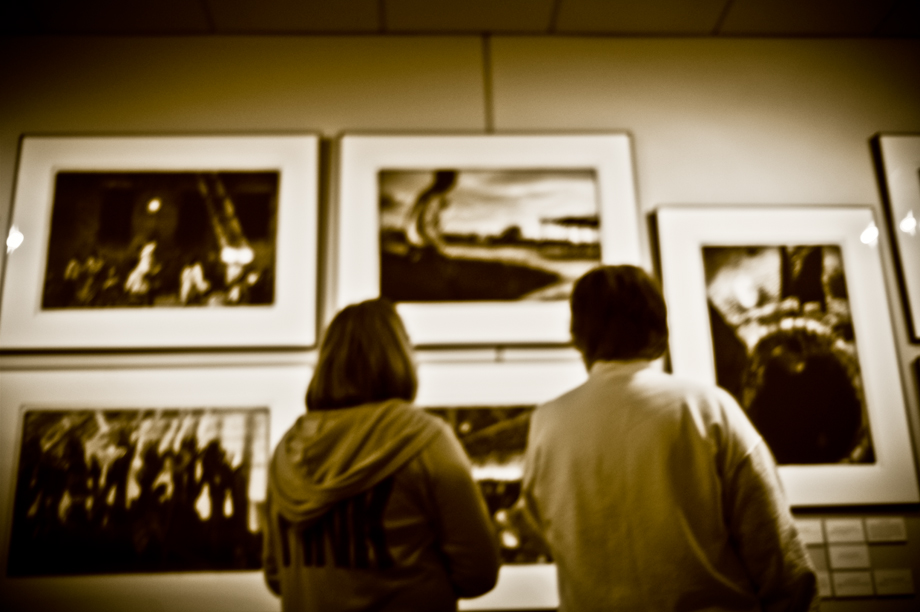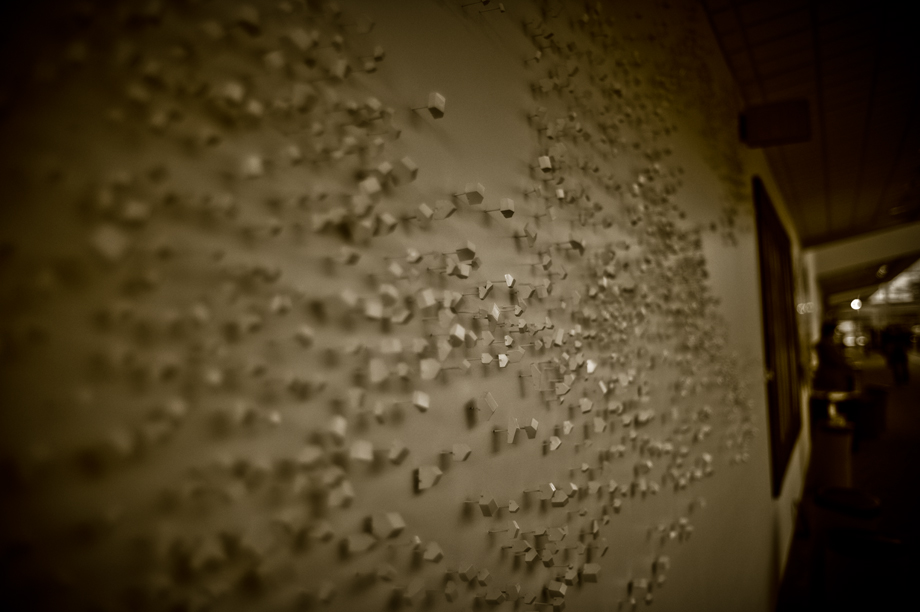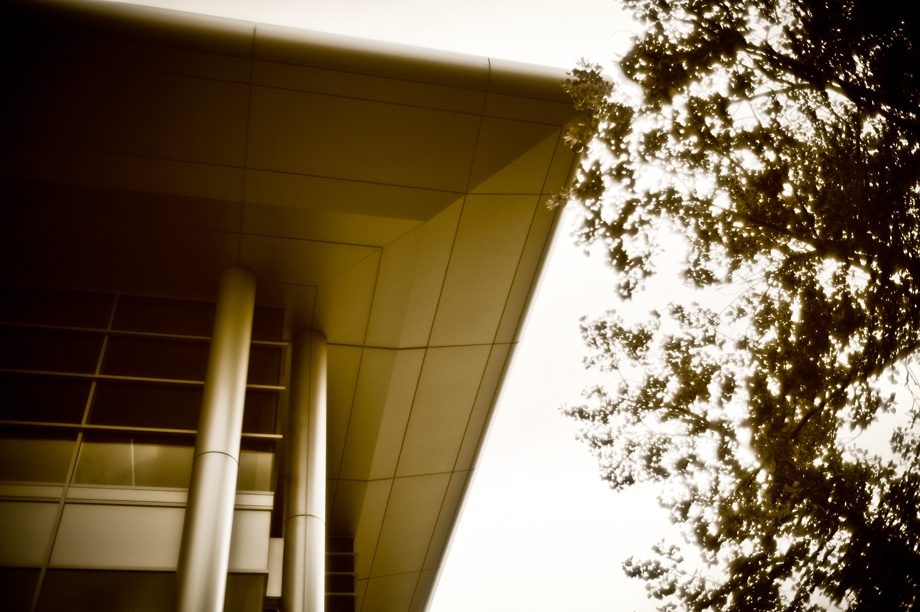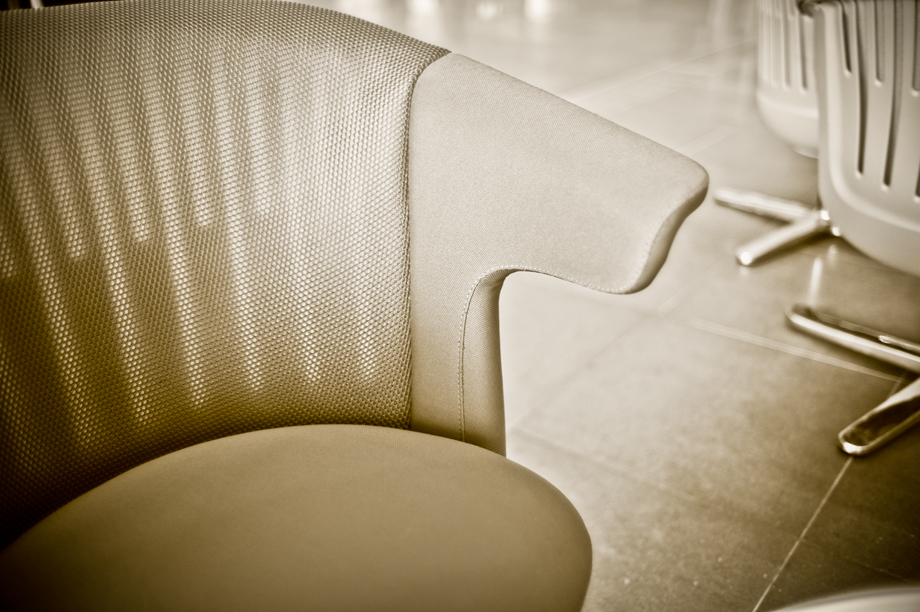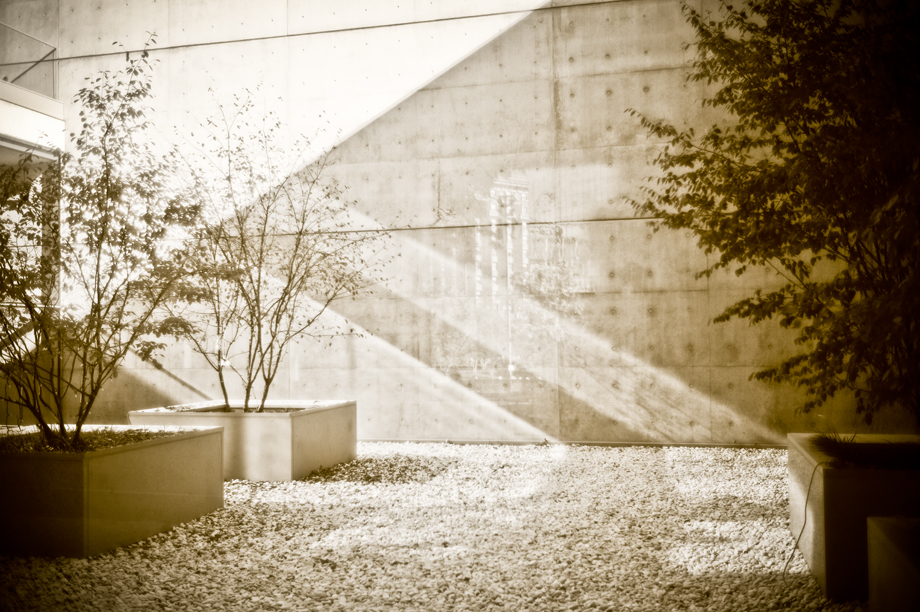A couple of days ago I had the privilege of using a Leica M9 rangefinder. A good friend of mine was gracious enough to allow me to borrow it for the afternoon. He and I have been chatting for a while about photography and where it can and can’t go (by it I mean me). He is obviously a Leica shooter and I am not – this is a place that I have wanted to explore and test my skill and patience. I have been stuck in a world of photography that has really allowed myself to disassociate with what I am physically doing and “letting” my camera do all the work (even shooting manual!). I have been very interested in Fuji’s new camera, the X100. The one element holding me back is the fact that the lenses are not interchangable and you are stuck with a roughly 35mm lens forever; no room to grow. I don’t like that. The M9 is compatible with the Leica M series full line of lenses (a bonus that DEFINITELY comes at a premium price).
Though the M9 is the digital version, it is still by all means a 100% manual camera with very little-to-no electronic dependency and gadgetry. The lens is manual focus by hand, the aperture ring sits just behind the focus ring, shutter speed sits on its own dial on top of the casing just inside the shutter release and you must use the same fingers so you don’t block the viewfinder. Do you remember that episode of The Simpsons when Homer gained so much weight in his hands that he couldn’t dial individual buttons the phone? That is exactly how I felt with this camera. The camera had a 35mm lens attached and combined with the small camera itself, I was fumbling like a buffoon getting myself used to this beauty.I have become too used to my large DSLR with vertical battery grip and strategically placed thumb dials. If using my DSLR on full manual mode can be related to driving an automatic vehicle, I can equate the rangefinder as jumping into an 18-gear semi truck and expecting it to go.
For this solo walkabout I meandered around center city within Grand Rapids. Right in the middle of ArtPrize 2011, there was plenty for me to see. I set the ISO to 160 and started exploring with the creamy effects of the vintage 35mm f/1.4 Leitz glass. I set the record mode to RAW+jpg with a ‘color’ setting of vintage B+W (it’s sort of like a sepia; jury’s still out on if I like it or not. They still look nice though). I walked around for about 2 hours testing different lighting situations and with different settings. By far the most difficult thing with this lens is the focus. Not only did I have issue finding focus, but on several occasions I inadvertently moved the aperture ring effecting my exposure. Proper exposure was tough as the internal meter is very different from other meters that I’ve used. As did everything else, that took some getting used too. But, luckily for me, that vintage lens and it’s wide open effects with something like eight or nine irises gave me nice results even when I screwed up, haha!
Take a look at my results below. Here are a handful of the ones I felt turned out the best. Disregard the gratuitous self portrait. I couldn’t resist. Overall, I really enjoyed myself and would love to shoot like this more often. I may have created a monster out of myself though (“NO Patrick, you cannot buy yourself a set-up like this right now. You have bigger fish to fry”)
Now, the next step is to get a film M and get me back in the dark room – I look forward to the challenge….

